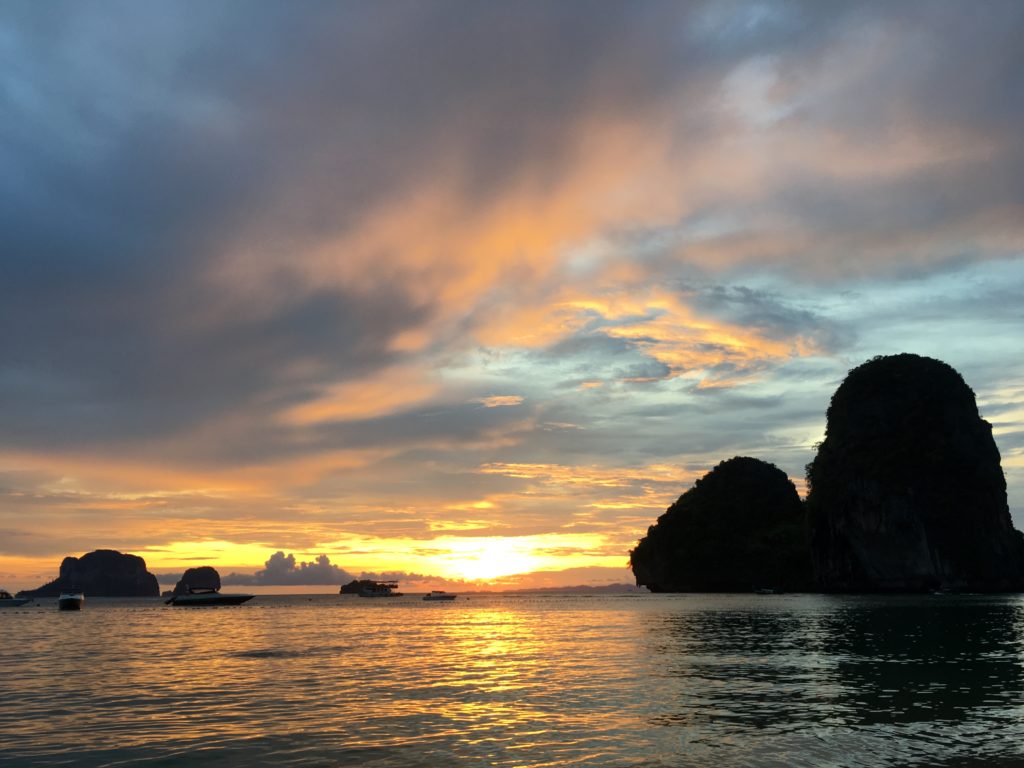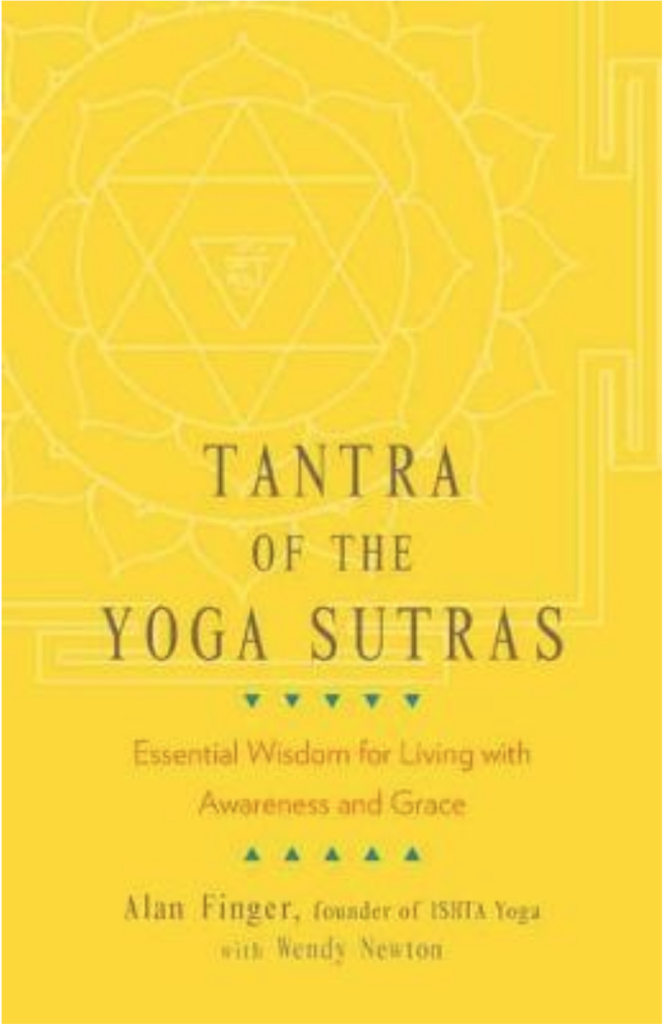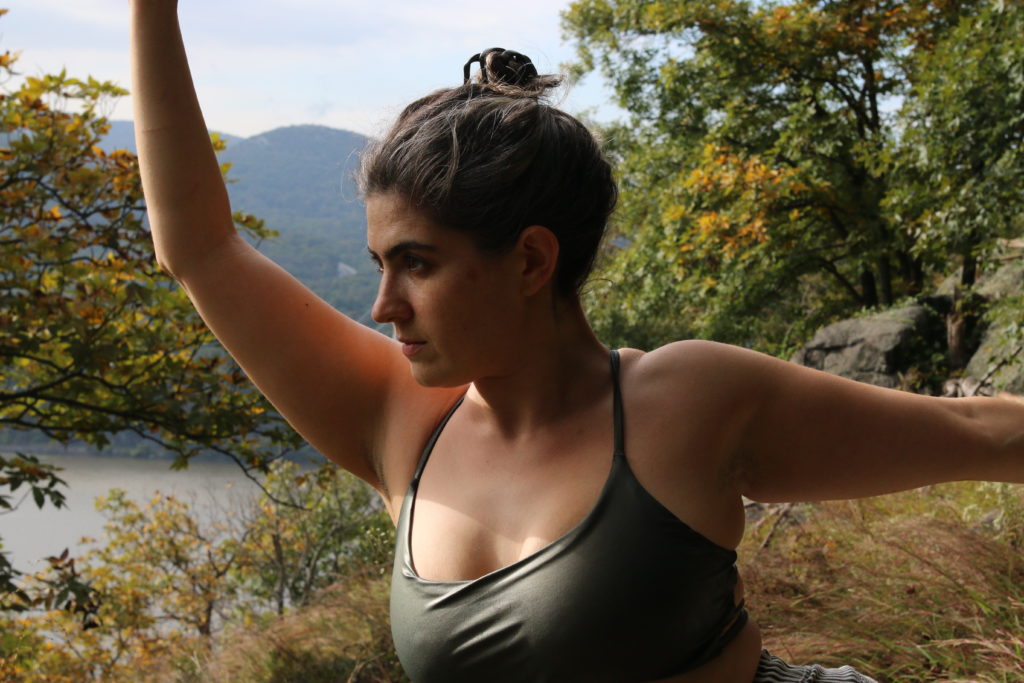(a tantric yoga anecdote + a backpacking trip to Thailand w/ a bonus video meditation lesson)

What is Karma + How does practicing yoga effect our Karma?
Forces unseen to us govern this realm, and all the realms we are part of.
From the rise and fall of the sun and the moon. To the mysterious force, we call gravity that pulls us to the earth and not towards the sky. To the cycles, we observe, like the neighbors we run into every week, or the people we see at the coffee shop day-to-day.
What is it that makes these day to day occurrences possible?
In yoga we understand these occurrences to be run by a force we call Karma. This governing principle of these forces is described in the yoga writings as
Karma is often misunderstood in the West as a system of merits and demerits. But this is a misunderstanding and a projection of judgment. Rather, karma is a system that explains the unique challenges & gifts that are given to every being on the planet – fish – foul – animal-human – cosmic – elemental. Karma makes everything on this planet, and off this planet, what it is. Karma made the sun and it made the moon. It also defines what our potentials are. And it defines the unbound forces that we are all part of and that define our potential too.
Perspective on Karma from “Tantra of the Yoga Sutras”
In “Tantra of the Yoga Sutras,” by Alan Finger and Wendy Newton (my teachers and mentors) that was just released this past December (omg it’s so good get it!), they articulate

“In life, Karma shows up as actions and reactions. We can see in our daily lives how certain reactions to circumstances affect a situation at the most basic level. An angry reaction to an inconsiderate action, for example, may elicit an escalation in aggressive behavior. The actions you take now have an effect on future experiences. What you experience now is the effect of actions taken in the past.”
(Tantra of the Yoga Sutras, Intro, pg. 4)
In the cycles that happen in our
Samskaras are like shadows or impressions made by our actions. Described in the yoga writings as seeds. Each action births more seeds, and each of these seeds bring more actions.
How and why do we add the Bastrika Pranayama technique to our Yoga Practice?
The Yoga writings share that Yoga practice can burn out these seeds or samskaras . So, how do we do that?
Yoga practice can be useful here in two ways:
- Pranayama comes from two words prana, life force energy and
ayama which means to restrain, lengthen or direct. When we work directly with the prana with our breathing, we move energy consciously, and this can change how we relate to the circumstances of our lives. - Our practice may lead to a shifting of our perspective, where we may find ourselves choosing to take different actions. This will bring different outcomes. And we may find our lives become very different indeed.
Case in point, Jenny Bloom a yoga teacher from New York City finds herself in Thailand for a month.
The main question for me today that has directed my practice, and the practice I share with you is:
How do I relate to this unconscious part of myself through the lens of yoga?
What unconscious part? Keep reading…
Bastrika
Bastrika means “bowels breath.” But Bastrika can be practiced in different locations for more advanced practice. What it does is it brings
Bastrika is done by taking short sharp exhales, and pumping the pelvic diaphragm (commonly known as the pelvic floor). More advanced
The best place to learn Bastrika is in a live class with a teacher who can share this practice with you in an embodied way, and teach you this ancient practice. If you’re in NYC come to my Tuesday night class at ISHTA Yoga. Or come for a private yoga lesson. You’ll learn in a much more embodied and safe way.

I share this practice here because today we do much of our research on the internet, so here I aim to add my 16 years of yoga practice and 7 years of teaching experience in this ongoing dialogue.
At this moment, I’m traveling in South East Asia with my boyfriend. Yesterday we had a big travel day, that ended in a big fight. I’ll tell you more about that in the next section.
Just because we are yogis or spiritual seekers, or exercise bunnies, or cyclists or whatever our practice is, does not mean our lives become free of drama. Yoga can show us the way to not get sucked into our dramas. Not too sucked in at least 😉
And how to quickly shift our perspective.
Why did Jenny Bloom choose to practice Bastrika in her morning Sadhana today? (an anecdote about travel in Thailand and unconscious behaviors)

Yesterday, we woke up in Bangkok at 4am. Checked out of our Airbnb at 5am. And took a taxi to the DMK airport, arriving at 6am. At 7am we we flew to Knaan.
This was deeply confusing to us, because our tickets said we were traveling to Surathani. But as it turned out, we were to fly to Knaan, then taking a bus to Surathani.
The bus drove through deep rain, and through jungles, for over an hour. From there we waited at a ferry station for an hour, and I ate the hottest curry I have ever had. And that’s after a lot of hot curry in our 4 days in Bankok (where I ate some super spicy food).
Then we got on a ferry boat for around 2.5 hours that sped through choppy af waters, and arrived first at Ko Samui, where loads of international tourists boarded – young Germans, and old Brits – with heavy suitcases they piled on top of our backpacks, and sailed to Ko Phangnon, arriving around 3pm.
At that point I was queasy, spinny, and terse.
We carried our backpacks to the shop of a friend my boyfriend had met the year before when he visited the island. I knew I was totally out of my mind. My face was green. And I felt really out of it.
Fortunately his friend, or his Thai Mom as he calls her, runs a massage shop. And I got 60 minutes of Thai bodywork that evened me out, and brought me back to life.
Later, we ate a gorgeous vegan meal at Ananda Yoga Center. Tom Yom with loads of veggies, Burmese salad with tea leaves, and fresh coconuts.
Then we watched the sunset from the ocean and it was breathtaking. Then it would have been wise to rest for a while. But we didn’t do that.
We hung out for hours, went all over the island. Ate loads of food. And by the end of the night we got into a big fight about who knows what. I felt confused, hurt, and upset.
This morning I woke up early, and chose Bastrika for my practice. Then I made this video and wrote this blogpost that I share now.
I took all that fire or irritation and turned it into creative expression, that hopefully will make your day a little brighter, and help you out of a jam if you’re in one right now. (PS. You can transmute your energy too)
I tell this story, because even at the time that this was all happening, I knew that there was something unconscious boiling underneath me, and driving my behavior, running me all day.
The difference between Yoga practice and Psychotherapy
It was a long ass day, there was a lot of movement, requiring lot of strength and focus for both of us, and we were exhausted. There are many ways to explain it away. But in the end that analysis doesn’t make a lot of difference in changing my experience, and helping me shift my awareness and change in my cycles.
Analysis paralysis could set in, or as my aunt says quoting her therapist of 25 years, “Insight is the booby prize.”
In yoga we view personal insights as helpful. But that awareness is used to serve us in choosing the tools for our transformation.
Some of these tools are the Kriyas and Pranayama techniques.
Instructions for Bastrika and Guided Meditation
The practice today is called Bastrika. You can watch the whole practice here in this video I made in Thailand.
Here are the 7 steps to the Guided practice of Bastrika and the Meditation I did after that.

Bastrika is a breathing technique that brings awareness to the root. There are very delicate nerves that sit at the root – or the point between genital-anus.
The Technique:
- We’ll start the practice today with Padadirsasanah to draw the senses in and balance right and left hemispheres. This is a calming Pranayama technique and is great on its own. Bring your hands up under opposite armpits, crossing at the elbows and breath into the space between 3rd and 4th ribs. Take 10 breaths. Then cross the arms the other way.
- Bastrika – When we inhale we breath into that spot, and the exhale is a short sharp drawing up and in with the pelvic floor or the pubococcygeal (PC) muscles. We will do this for 27 inhale-exhales.
- After 27 breaths (roughly) take a deep breath
in, and do this hand position, or mudra. Place the thumbs on the inside of the hip points at the front of the pelvis, fingers clamp the lower abdomen. - Then move the head up and down, while clamping the lower abdomen, and retain the breath. This allows
meru danda the fluid in the spine to be drawn up from the base to crown. - When you can’t hold any longer, or you feel you are efforting in holding the breath in the lungs, let the chin come parallel to the floor, and slowly release the breath. Let the hands come to the tops of the knees. Let thumb and second finger come to touch.
- Sit, and notice what happens in your body. You may feel a moment up and in, as the energy rises up to the crown. Listen, feel, observe.
- If you feel like too much energy is moving (anxious or fearful thoughts or sensations at all) do this. Bring thumb and second finger of the right hand to touch and rest the hand at the center of the chest. Focus your energy of observation in this meditative space.
- Release all efforting. Do nothing. Let your breath become subtle. And notice what you notice.
- When you’re ready to come back to the senses world bring your palms to touch and let your head bow a little to your hands.
- Lie down for a short 2-4 minute Savasana and rest after all your good work. —-
Bastrika Video Practice
Here you can watch the video I made that
And practice!
Please share in the comments what you experienced in the practice.